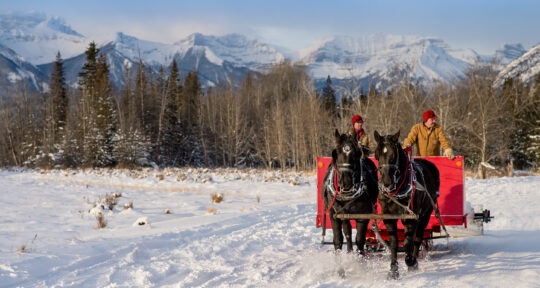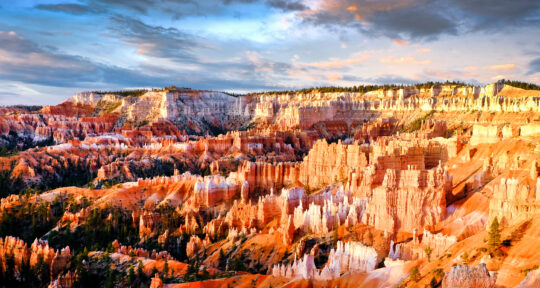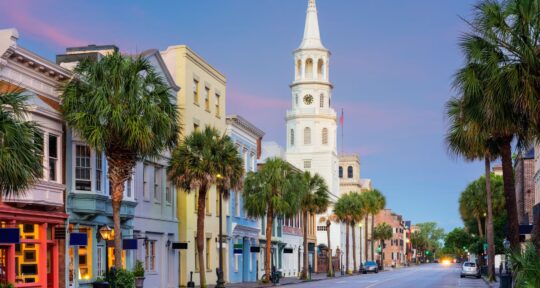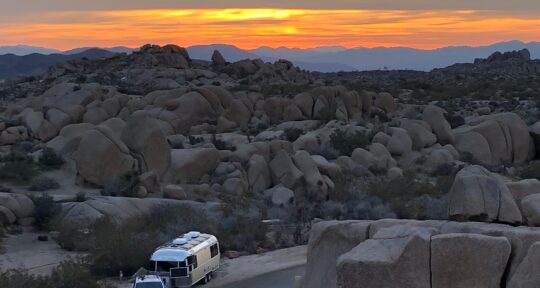For those in the midwestern and eastern United States, one of the most magical harbingers of summer is the flickering glow of fireflies once the sun sets.
These bioluminescent beauties take one to two years to mature from larvae—but, like summer, they are short-lived, spending only about 21 days as mature adults. This means that timing a firefly lights show viewing at an optimal time can be tricky.
The rangers at Great Smoky Mountains National Park have announced that May 30 through June 6 will be the peak days for its popular synchronous firefly viewing—or, as we like to think of it, the unofficial start of summer.
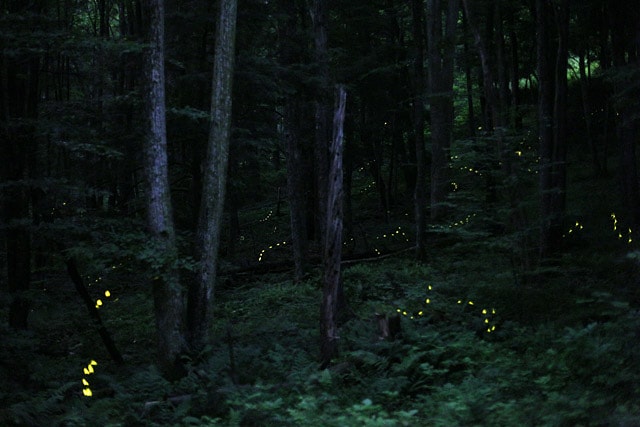
Nineteen different species of firefly call the National Park home, but the synchronous firefly is extra special. Every species of firefly has a unique flash pattern that helps males and females identify one another for mating reasons, but only the Photinus carolinus fireflies synchronize their flash patterns, all lighting up at once.
Areas of the park can have thousands of synchronous fireflies, and one particular spot, near the Elkmont Campground, has the largest population of synchronous fireflies in the Western hemisphere. As you can imagine, seeing that many lightning bugs light up at once is pretty spectacular.
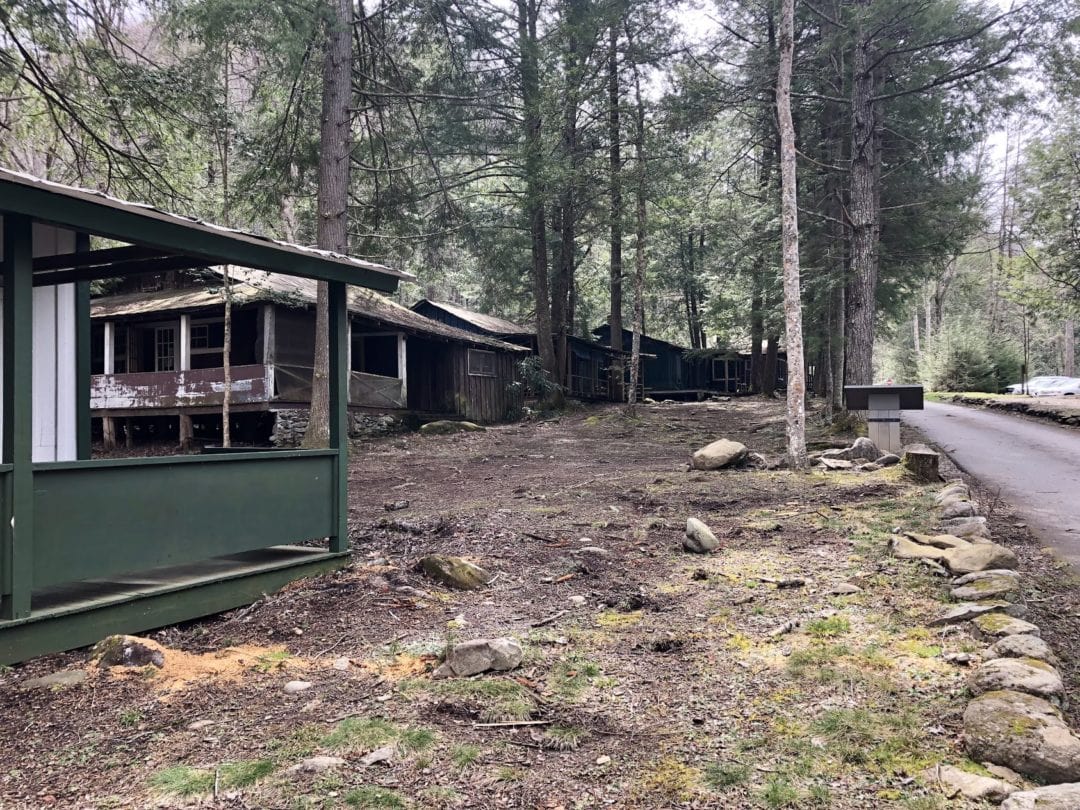
Naturally, word has spread about the natural lights show. To ensure that the natural habitat of the fireflies remains intact, the NPS has implemented a lottery system to score parking passes and shuttle rides out to a firefly viewing area. Only about 140 parking passes are available each night during the seven days of peak firefly viewing, and only about 1,000 people per evening will get to watch the magic.
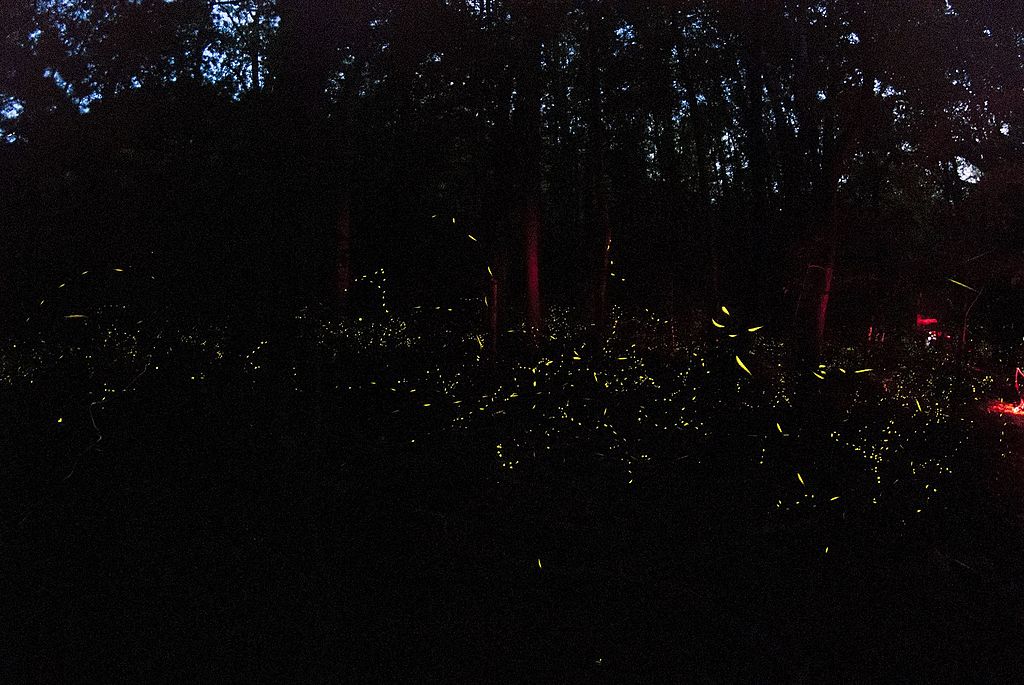
The lottery opens a few days after the dates are announced, on Friday, April 26 at 8 a.m. Eastern time, and it will close Monday, April 29 at 8 p.m. Eastern time. Applicants will be notified on Wednesday, May 9 if they were awarded a pass.
Anyone who wins a spot is then able to buy the $25 parking pass, which is required to park at the Sugarlands Visitor Center. From there, a shuttle will transport visitors to the synchronous fireflies viewing area near Elkmont.
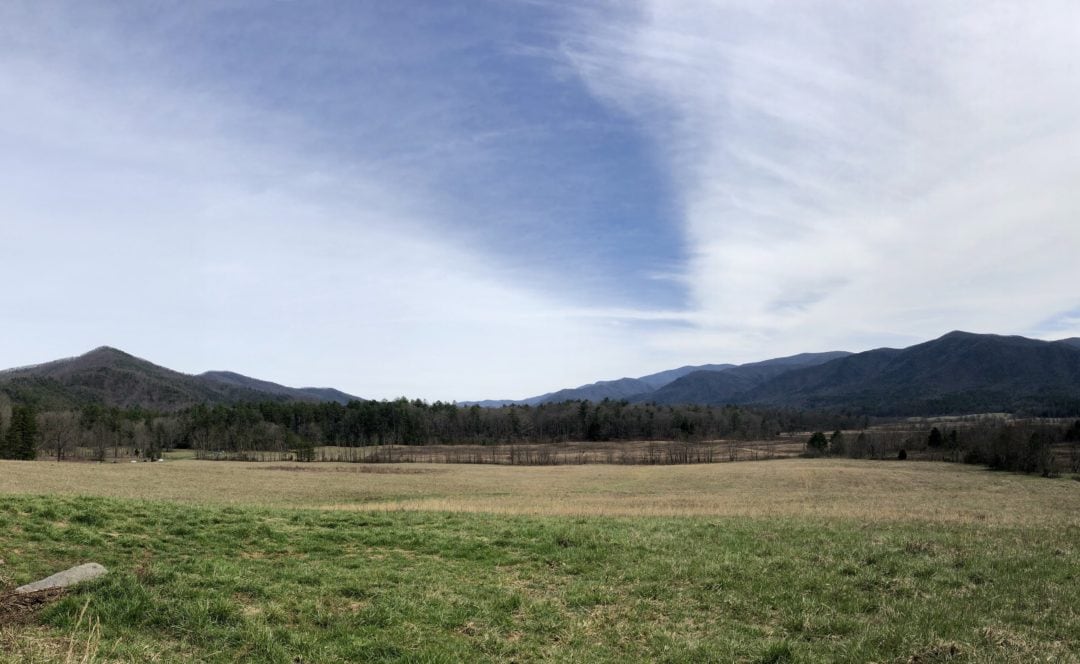
For anyone who scores a pass, remember to bring snacks, $2 in cash for the trolley shuttle from Sugarlands to the viewing area, bug spray, and a chair or blanket to sit on.
If you aren’t so lucky, but still want to make this the year you see synchronous fireflies, you might be able to spot them in other parts of the park—like the back end of Cades Cove near the Abrams Falls trailhead or at Catalooche Valley—between 9:30 p.m. and midnight. Or try planning a visit three or so days before or after the peak dates.
Keep in mind that the weather can affect the natural phenomenon; cooler, rainy, or misty conditions make for less bright lights.
[map poi-id=10313]

